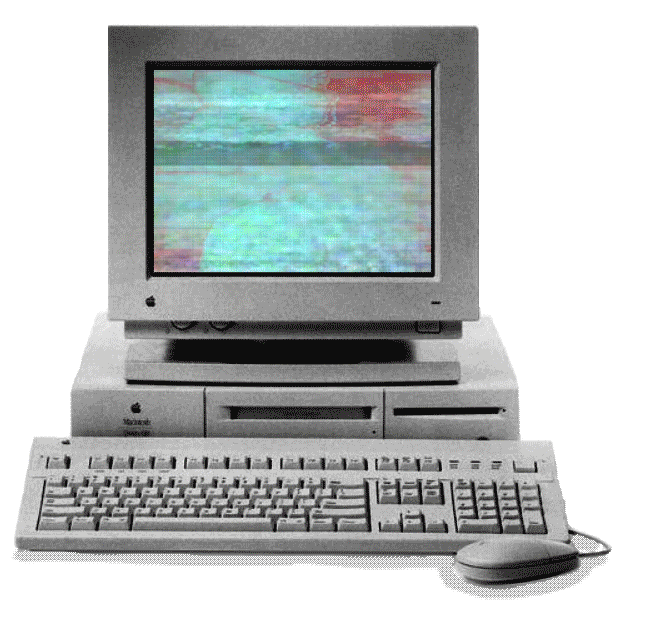Reading Blog no. 5 (History of Net Art)
- Garrett Wilbanks
- Dec 2, 2019
- 1 min read
Updated: Dec 26, 2019
Net Art followed on the train of technological advancements through the end of the 20th century. Utilized the new low-tech tools and software, developers, and artists alike were able to create and spread this new form of Art without being limited to the use of physical space or tied to any one location. One defining feature (especially in early net-arts) was the portrayal of the artist’s personality, through having to bend, twist, and push past the limitations of the early Internet.
The creation of these digital art forms on the ever-stretching digital platform came forth in many ways. Hacking, copying, and cloning of this digital art forms was also a rampantly debated issue. One side of the argument states the typical legality issues on the original artist’s domains (rights to their created artworks). While others defend groups such as one Italian net art group, named 0100101110101101.ORG, who heavily takes inspiration from (borrow) other digital artwork and popular culture.
Recovering from the downturn of net Art in the 90s, there has been widespread growth net art has seen from the turn of the 21st century. Notably due to the digital safeguards, mainstream platforms, and net neutrality, which allow these artists to flourish in the digital age. There has also been ease of access into who can create digital Art, with popular easy-to-use programs such as the Adobe Softwares.
There has always been a common theme throughout human history to express our culture and experiences through the use of art. Now, with thanks to the world-wide-web, we live in a time unlike any other, a truly connected world where we can share and express ourselves to billions.












Comments